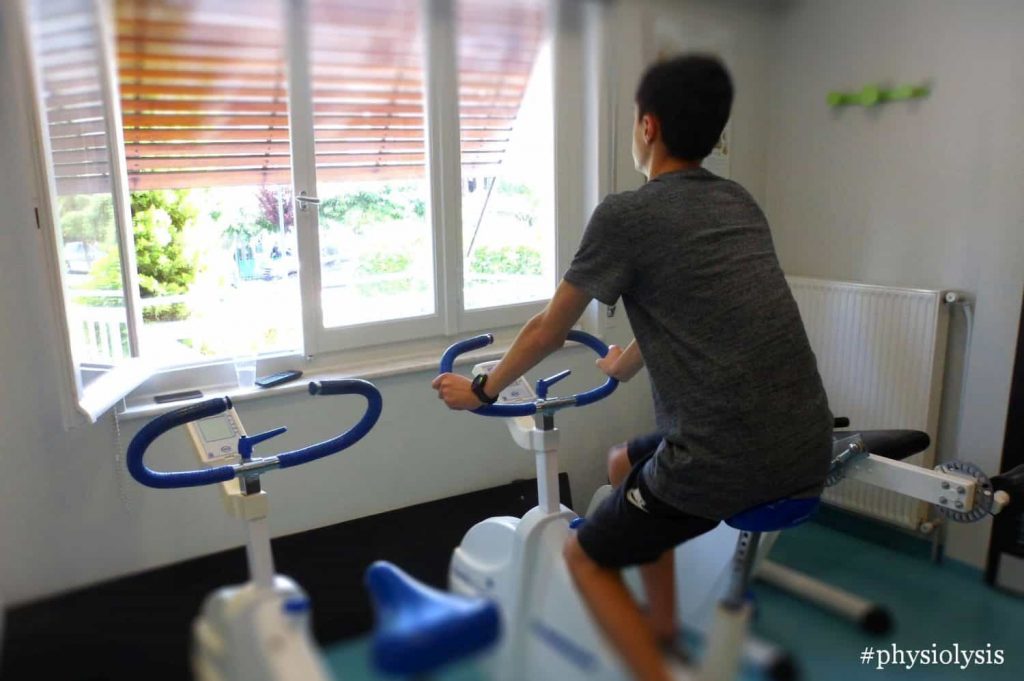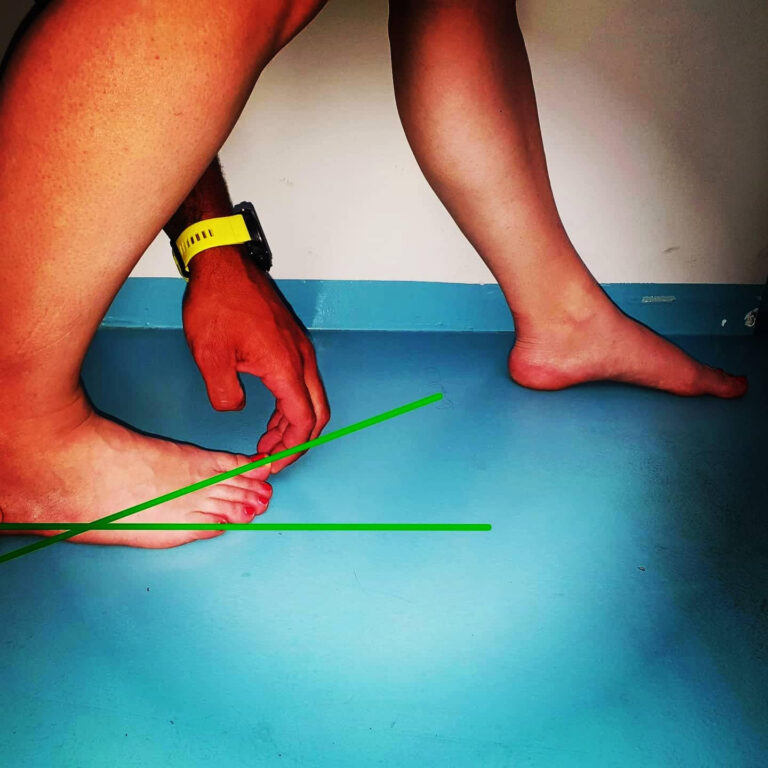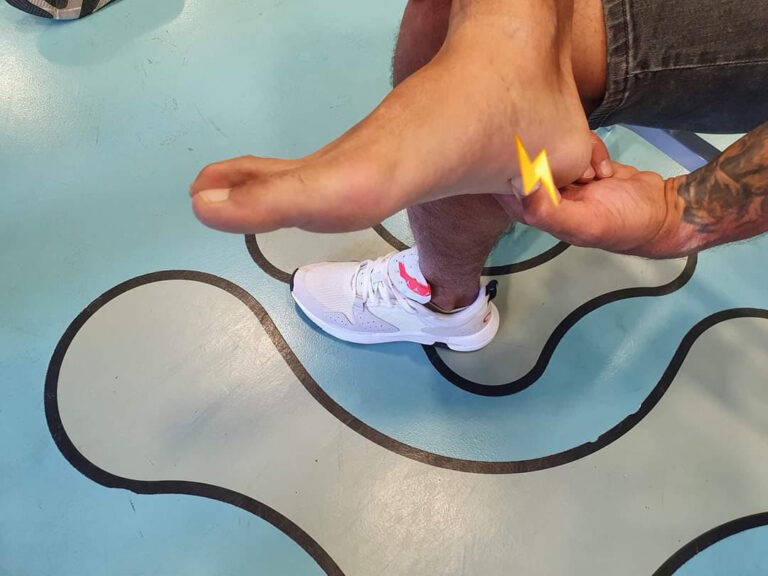- What happens during outdoor & indoor running?
- Is elliptical effective for rehabilitation?
- What is the impact of the static bike on the injured?
What are the criteria for the appropriate rehabilitation of an athlete? This is the way we approach such issue and there is the need for a rehabilitation plan. If, for example, we have to treat a runner, the treadmill is not a customary practice for them because the way a runner paces outdoors is the result of two forces, the vertical and horizontal that result in the movement of the body forward. On the other hand, while on the treadmill, only the vertical force is present and not the horizontal one.Therefore, while on the treadmill, the horizontal force is replaced with an illusion offered by the electronic instruments counting the treadmill roll.
As far as the elliptic is concerned there is no equivalent to a workout or a sports activity to be able to account as a criterion for the rehabilitation process. The only instrument that could compensate for the outdoor activity is the static bike or even better the bike ergo meter. In this case, we may use exercising on a static bike aiming to recover a biker to his outdoor physical capacity.
In case rehabilitation does not concern an athlete of a specific sport, then, all three activities above could potentially be a solid base to start from if the athlete aims to reach their physical capacity to the level before the injury.




